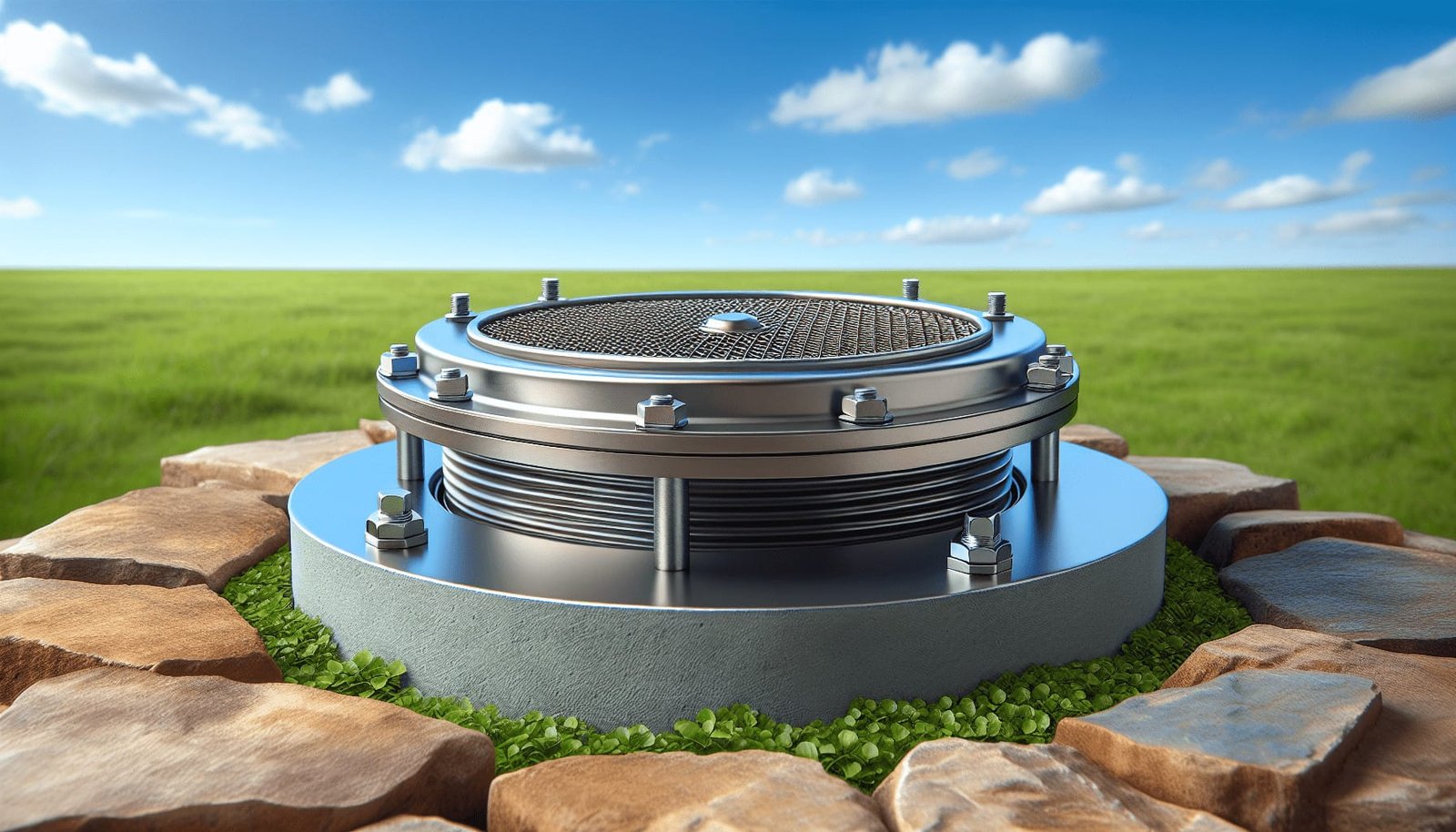Have you ever wondered what a sanitary well cap is and why it’s important for your well system? If you rely on well water for your home, understanding the components of your well is crucial for maintaining the quality of your water supply. A sanitary well cap is one of those essential components that play a vital role in ensuring your water remains safe and clean. Let’s explore what a sanitary well cap is, how it functions, and address some common concerns related to well water, like filtering out chlorine or sulfur odors.
What Is a Sanitary Well Cap?
A sanitary well cap is a specialized cover designed to seal the top of a water well casing. It serves several functions, the most important being to prevent contaminants from entering the well. Unlike regular well caps, sanitary well caps feature a gasket that offers a sealed barrier against potential pollutants, such as bacteria or debris. This element is especially critical since contaminants can easily infiltrate the well through the opening if not properly sealed.
The Design and Features of a Sanitary Well Cap
Sanitary well caps are typically made of corrosion-resistant materials such as aluminum or high-quality plastic. They are designed to be durable and withstand external pressure, weather, and wildlife interference. Common features of a sanitary well cap include an air vent, a watertight gasket, a screened vent, and an electrical conduit for safety.
Air Vent: This allows for pressure equalization while ensuring that the elements don’t get inside the well.
Watertight Gasket: The gasket provides a secure seal, keeping out rainwater and any possible surface contaminants.
Screened Vent: Prevents insects and small animals from crawling inside the well.
Electrical Conduit: Allows for the safe passage of wires related to the well pump system without compromising the seal.
Why Are Sanitary Well Caps Important?
The main purpose of a sanitary well cap is to prevent contaminants, such as bacteria, chemicals, and pests, from entering the well. This is vital because such contaminants can lead to waterborne illnesses or foul tastes and odors. Well caps also prevent rainwater from seeping into the well, which can carry contaminants from the surface into your water supply.
Regular Maintenance of a Sanitary Well Cap
Even though sanitary well caps are fairly low maintenance, regular inspections are important. Inspect the cap for any cracks, a loose fit, or damaged seals which can compromise its effectiveness. Cleaning the screened vent occasionally will ensure no debris is blocking airflow needed by the well system.

How Can I Filter Out Chlorine or Sulfur Odors?
If your well water smells like chlorine or sulfur, it can be off-putting to say the least. Having a clean and odor-free water supply is not just about taste; it’s about safety and overall quality. Here are some strategies to tackle unwanted odors:
Filter Systems for Chlorine and Sulfur
Activated Carbon Filters: These are effective in removing chlorine from water through adsorption. As water passes through the filter, the carbon traps chlorine molecules, effectively purifying the water.
Aeration Systems: These can be used to remove sulfur odors by exposing water to air. The oxygen mixes with the water, allowing sulfur to oxidize and changing it into sulfate, which is odorless.
| Filter Type | Purpose | Advantages |
|---|---|---|
| Activated Carbon | Removes chlorine | Easily installed; effective for many contaminants |
| Aeration Systems | Removes sulfur | Simple; no added chemicals required |
Regularly Test Water Quality
For peace of mind, routinely testing your water quality can help identify any underlying issues contributing to unpleasant odors. If you suspect chlorine or sulfur levels are high, get your water tested by a professional to understand the specific sources of contamination and next steps for treatment.
Professional Treatment Services
Depending on the severity of the odor, hiring a water treatment professional might be the best course of action. These experts can evaluate your water system comprehensively and recommend a tailored solution, whether it’s employing a stronger filtration system or adjusting your existing setup.

Additional Considerations for Well Maintenance
While integrating filters is important, comprehensive well maintenance should not be overlooked. Proper upkeep is pivotal in ensuring your water supply remains untainted over time.
Routine Well Inspections
Having routine inspections by a certified well contractor can catch potential problems before they become significant. Look at these visits like regular health check-ups for your well.
Well Water Testing Schedules
Depending on your region and any changes in your water quality, establishing a routine testing timeline is advisable. Annually is a minimum recommendation, though more frequent tests might be warranted based on your local conditions or suspected contaminants.
Handling Common Issues
Sediment Build-Up: Occasional sediment build-up in well systems can affect water quality. If detected early, sediment filters can be installed to mitigate this problem.
Pressure Changes: Sudden changes might indicate problems with the pump or plumbing. Regular checks can diagnose and rectify these issues early.

How to Install a Sanitary Well Cap
If you need to replace or install a new sanitary well cap, knowing how to do it safely is important. Here’s a basic guide:
Turn Off Pump Power: Always ensure the pump is turned off before working on your well system.
Remove Old Cap: Unscrew and remove the existing cap carefully, noting any specific arrangements of wires or components for reinstallation.
Position New Cap: Place the sanitary well cap on the top of the casing, ensuring it fits securely and evenly.
Connect Vent and Wires: Follow manufacturer’s instructions to connect the screened vent and any necessary wires through the electrical conduit.
Secure the Cap: Tighten screws or bolts as per the manufacturer’s instructions to ensure the cap is fitted tightly, creating a complete seal.
Turn Pump Power Back On: Once everything is securely in place, restore power to your well pump.
Ensuring a Perfect Fit
Double-checking the fit and installation is vital. The seal must not allow any leakage or gaps, as these could compromise the system.

Conclusion
Understanding the importance of a sanitary well cap and how to maintain a clean and safe water supply is crucial for anyone utilizing a well system. A well-managed water supply not only safeguards health but also enhances water taste and eliminates unwanted odors like chlorine or sulfur. Regular inspection and proper equipment, such as filters and cap installations, will keep your home’s well water safe and refreshing. Armed with this knowledge, you are ready to ensure your well system operates efficiently and reliably.

